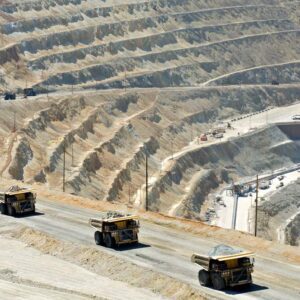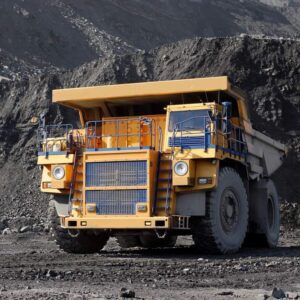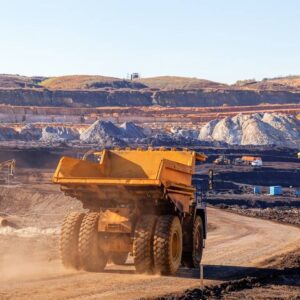A collision point like no other, a heap of cheap money, the prospect of negative rates, and technology waiting to pick at the carcass of the traditional banking system. So what metals have the most exposure to the green revolution?
ASX Commodity Trading News and Analysis - Latest Updates
Australia is one of the world’s biggest commodity producers in the world so it makes sense to wonder how one can invest in commodities and what the best commodity shares are.
Investing in commodities entails purchasing securities with exposure to an interchangeable basic good or raw material like gold, oil, natural gas, iron ore, aluminium, copper, wheat, soybeans and so on.
Magnis Energy Technologies Share Price Up 10% (ASX:MNS)
The share price of Sydney-based lithium-ion battery manufacturer jumped up 10.81% to trade at 20.5 cents at the time of writing. Magnis Energy Technologies Ltd [ASX:MNS] is forging ahead in the fast charging battery category…
Future of the Energy Market — The Green Energy Wave Is Coming
What will the future of the energy market look like? Now, I’m not going to suggest that oil as we know it is done for good. Having said that though, it is becoming increasingly clear that green energy is on the rise. And what I mean by that isn’t that opinions or calls for renewables is growing…
Mount Burgess Mining Share Price Recovers on Copper Discovery
The Mount Burgess Mining NL (ASX:MTB) share price has recovered back to the one-cent mark today, after losing ground in August. MTB’s most recent share price action has been stirred up by the discovery of copper at its Kihabe-Nxuu project in Botswana…
Adavale Resources Share Price Up over 50% (ASX:ADD)
Today, a quick look at the Adavale Resources Ltd [ASX:ADD] share price. The miner had its stock price soar on the news of now being debt-free. At the time of writing, this news shot the stock price up to 3.6 cents…
Are You Missing Out on the Copper Boom? — A Look at Castillo Shares
The Castillo Cooper Ltd [ASX:CCZ] share price is up 4.35% today, to trade at 4.8 cents per share, as new results firm up the explorer’s copper target. The copper price has been having a run akin to gold since the March market crash…





